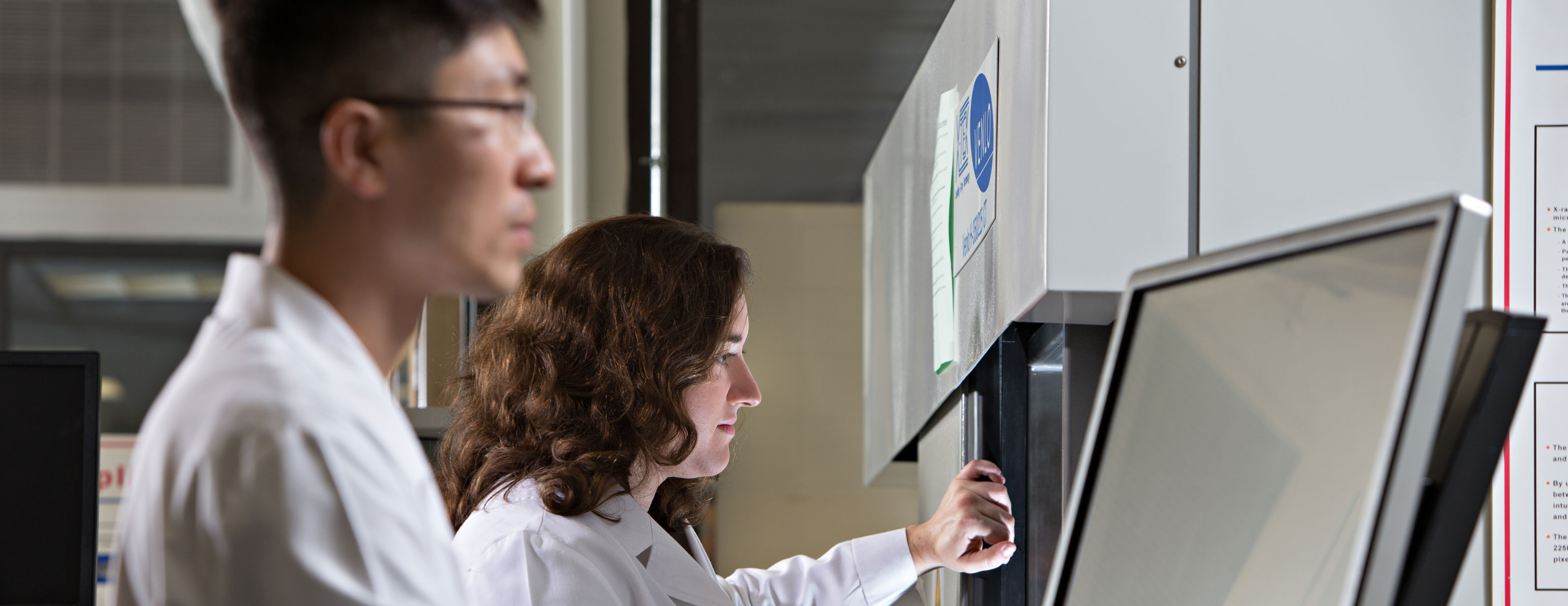
An aircraft’s impact on the runway is likely the last thing to cross anyone’s mind when boarding a flight. The constant taking off and landing of aircraft throughout the day places stress on runway pavement, which needs to be in good condition to ensure the safety of the aircraft and its passengers.
Thanks to a predictive model developed by a collaborative research team led by the Zachry Department of Civil Engineering at Texas A&M, understanding how to build, improve and maintain these runways is now easier than ever.

“We are applying a very sophisticated model called Pavement Analysis using Nonlinear Damage Approach, or PANDA,” said Dr. Dallas Little, the project’s principal investigator and a professor of civil engineering. “We are using this model to predict damage that is being measured and recorded under the repeated loading of heavy aircraft such as the 1.4 million-pound Airbus 380 and other next-generation heavy aircraft.”
PANDA is the product of almost seven years of development by the research team under a contract with the U.S. Department of Transportation, the Federal Highway Administration (FHWA) and the Federal Aviation Administration (FAA). The team includes collaborators Dr. Mashoud Darabi at the University of Kansas, Dr. Eyad Masad of Texas A&M University at Qatar, Dr. Amit Bhasin at The University of Texas at Austin, Dr. Rashid Abu Al-Rub and Dr. Maryam Sakafier at Virginia Tech, as well as more than a dozen student researchers.
The idea behind PANDA is straightforward but not simple: create a computational model that takes into account variables such as time under pressure, temperature dependency of the asphalt, different types of stress and other environmental factors that impact the usage of runways by aircraft, including diffusion of moisture and oxygen into the asphalt layer. This model would give the user an accurate prediction of the damage the pavement would take over repeated usage and allow designers of airfield and major highway pavement to create or maintain a product that would react optimally to a variety of conditions. The team is using PANDA, in conjunction with test data, to develop a platform that can become a user-friendly software package for industry and commercial usage.
“This package will provide the level of reliability required by design and contract agencies, as well as the driving public, reduction in pavement downtime and safety that the infrastructure of today and tomorrow requires,” Little said.

PANDA is not the first model of its kind, but is unique in that it has the ability to specifically account for mechanical damage caused by airplane traffic and model this data in conjunction with environmental effects and damages such as moisture, oxidation processes, temperature and other factors.
As the team has developed PANDA, what has been made clearer is the effect of all the differing variables that have impacted the pavement in ways that are not necessarily intuitive. For example, the coupling of moisture diffusion with mechanical damage may substantially alter the life prediction of the pavement, as well as change the location of damage. Location of damage is of great importance in today’s move toward the design of perpetual pavements that do not require replacement from the subgrade up, but only periodic replacement of the upper surface. So the goal is to make sure localization of damage does not occur in the lower part of the asphalt layer.
“As we continue to develop the PANDA model and use it to evaluate more and more cases of complex loading coupled with environmental effects, we more clearly understand the synergy of all of these effects,” Little said.
While the project will still need additional computational development and testing time, the end goal is to produce a modeling system that can be used without other pre- or post-processing software by the FAA for design and analysis known as PANDA-Airports that acts as a stand-alone system for aviation installations.
“We hope that this will be of such great utility for the FAA that they can use it for both commercial and general aviation pavement design and analysis,” Little said.
* The scientific research and fundamental variable models for this project were developed in partnership with the Asphalt Research Consortium over a seven-year period for the FHWA. PANDA is being developed under a grant from the FAA.